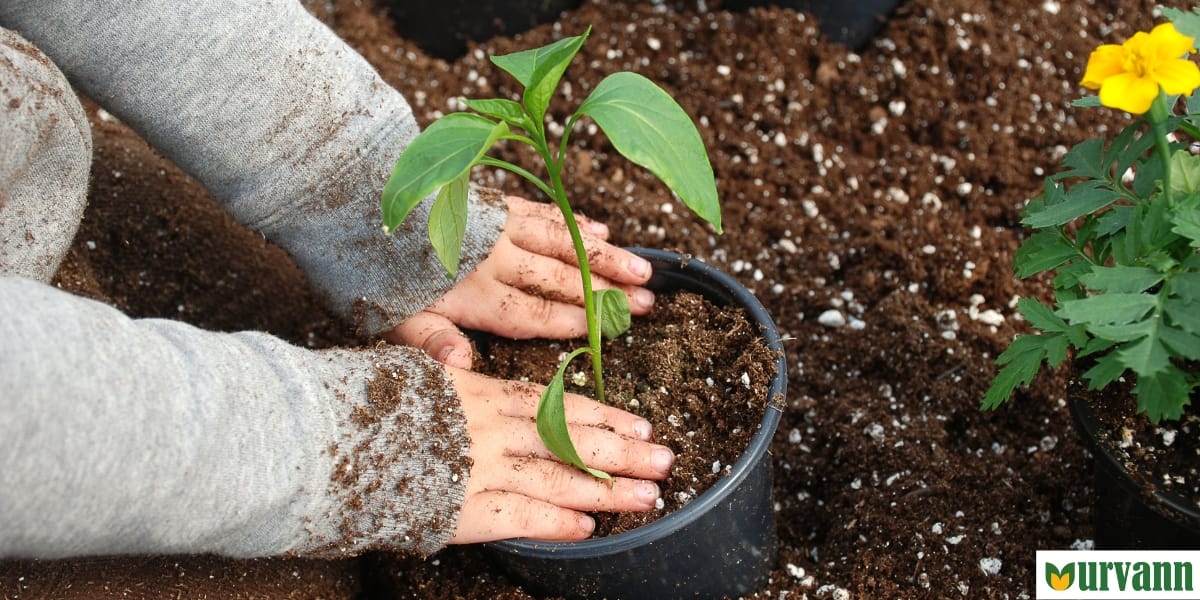Gardening is more than just a hobby; it's a journey of nurturing, growth, and connection with nature. Whether you're a novice eager to cultivate your first plant or a seasoned gardener with years of experience, understanding the basics of gardening lays the foundation for a fulfilling and successful green endeavour. In this guide, we'll explore the fundamental principles that form the backbone of gardening, empowering you to embark on your green journey with confidence and enthusiasm.
Choosing the Right Location
Sunlight Exposure
Assess the sunlight exposure in your chosen location. Different plants require varying amounts of sunlight to thrive, so opt for spots that receive at least six hours of direct sunlight per day for sun-loving plants, while partial shade is suitable for others.
Soil Quality
Evaluate the soil quality in your garden area. Good soil is well-draining, rich in organic matter, and has a balanced pH level. Conduct a soil test if necessary and amend the soil with compost or organic matter to improve its fertility and structure.
.
Selecting Plants
Consider Climate and Season
Choose plants that are well-suited to your climate and the current season. Research to determine which plants are most likely to thrive in your region and select varieties that are appropriate for the particular time of year.
Assess Space and Size
Take into account the space available in your garden and the mature size of the plants you select. Avoid overcrowding by giving each plant adequate room to grow and spread. Consider the height and spread of plants when planning their placement in your garden beds.
.
Planting and Maintenance
Proper Planting Techniques
Follow proper planting techniques to ensure the success of your garden. Dig a hole slightly larger than the plant's root ball, gently loosen the roots before planting, and backfill with soil, ensuring the plant is planted at the same depth as it was in the container.
Watering and Mulching
Establish a regular watering schedule to keep your plants hydrated, especially during hot and dry periods. Apply a layer of mulch around plants to retain moisture, suppress weed growth, and regulate soil temperature. Water deeply and consistently, allowing the soil to dry out slightly between waterings.
Pruning and Deadheading
Regular pruning and deadheading promote healthy growth and encourage flowering in many plants. Remove dead or diseased foliage, trim back overgrown branches, and deadhead spent flowers to stimulate new growth and prolong flowering periods.
.
Pest and Disease Management
Monitor for Pests and Diseases
Regularly inspect your plants for signs of pests, diseases, or nutrient deficiencies. Early detection allows for prompt intervention and minimizes damage to your garden.
Natural Pest Control Methods
Implement natural pest control methods whenever possible, such as handpicking pests, using neem oil, and introducing beneficial insects like ladybugs or lacewings to prey on pests.
.
Continued Learning and Enjoyment
Embrace the Learning Process
Gardening is a continuous learning journey filled with experimentation and discovery. Embrace the process, learn from your successes and failures, and don't be afraid to try new techniques or plants.
Enjoy the Fruits of Your Labor
Take time to savour the beauty and bounty of your garden. Whether it's harvesting fresh produce, admiring blooming flowers, or simply enjoying the peaceful ambience, let your garden be a source of joy and rejuvenation.
.
Conclusion
As you embark on your gardening journey, remember that patience, perseverance, and a deep appreciation for nature are the keys to success. By mastering the basics of gardening and nurturing your green space with care and attention, you'll create a thriving oasis that brings beauty, and fulfilment to your life. So roll up your sleeves, dig in the dirt, and let the magic of gardening unfold before you. Happy gardening!


0 Comment